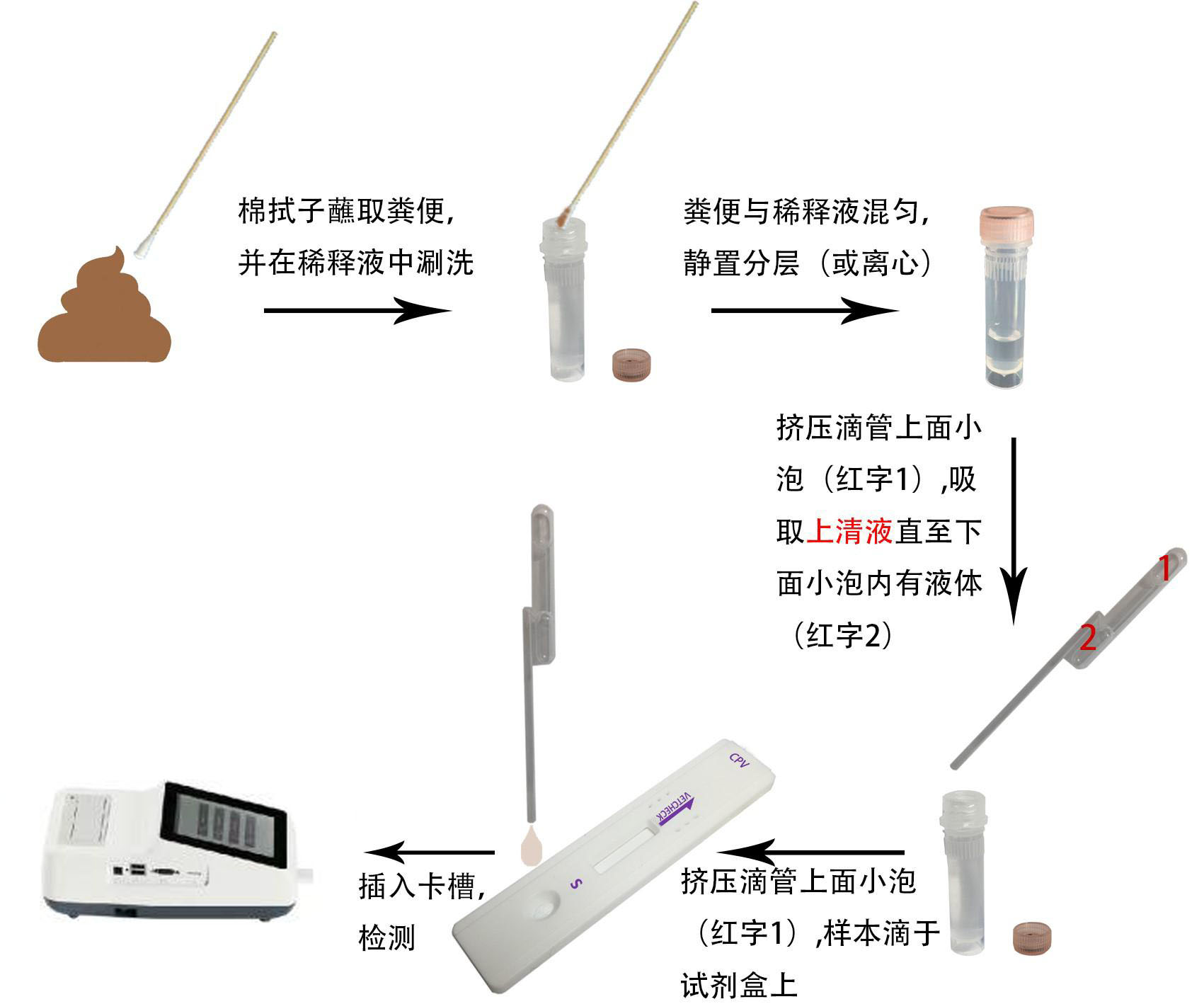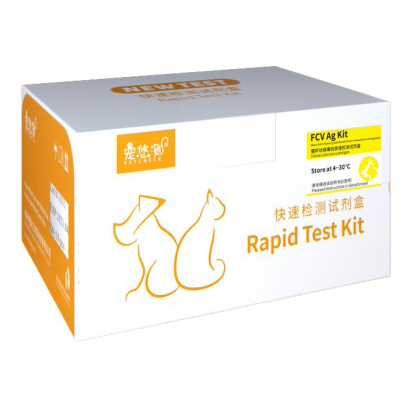I n vivo, cell survival, proliferation, and function relies on a complex environmental network of nutritional, hormonal, and stromal cues. Cell culture media must therefore reconstitute this environment as much as possible for in vitro data to possess in vivo applicability.1 Historically, animal serum served this purpose, but its composition is not well characterized and potentially variable.2 As such, scientists are looking to cell culture reagents that are free from animal components for better consistency, reliability, and sustainability.
Animal serum provides a broad spectrum of macromolecules, including low molecular weight nutrients, transport proteins for lipoid substances and trace elements, and a host of hormonal factors governing cell attachment, spread, growth, and function.2 It is the most commonly used cell culture media supplement owing to its availability and ease of storage.1 However, the use of animal serum poses several problems. Total Canine Allergen Test Kit

First, while researchers over the decades have made considerable strides in characterizing the components of animal sera, the complete constituency of a given serum lot remains difficult to fully ascertain.3 Second, serum batches are highly variable in composition, leading to significant lot-to-lot variation in cell growth and behavior. Finally, serum can be a potential source of microbial contaminants and contains varying amounts of endotoxins, hemoglobin, antibodies, other immune system components, and other adverse elements.2,4 These problems all introduce unknown variables into cell and tissue culture, which not only negatively affects experimental results and culture consistency, but also creates obstacles when it comes to protocol standardization in accordance with Good Cell Culture Practices.
Harvesting and manufacturing animal serum also brings ethical concerns because sera must be directly obtained from live animals. In particular, fetal bovine serum (FBS) is the most commonly used type of animal serum because it is particularly high in growth factors and low in immunogenic elements.4 However, it needs to be harvested from bovine fetuses.3 The price and availability of FBS therefore fluctuates with commercial factors such as beef and dairy prices, environmental factors such as livestock housing costs and weather conditions, and political factors such as importation regulations.3
In light of these problems, scientists have developed animal component-free alternatives to augment cell culture for several decades. Recombinant, synthetic, or chemical media components offer considerable advantages. First and foremost, they are well-defined and characterized, and because they are generated under controlled conditions using established workflows, they are consistent from batch to batch. Furthermore, this characterization allows scientists to adjust commercially available reagents as necessary to tailor them for specific situations without having to worry about unforeseen reactions due to unreported elements. Second, animal component-free reagents are extensively screened for contamination, either by microbial pathogens or unwanted elements such as endotoxins or immune system components.2 This also helps render them non-immunogenic. Third, biomanufacturing generally enjoys greater logistical and market stability compared to FBS harvesting.
One major difference between animal-free cell culture products and animal sera is that the latter tends to be more generally applicable, whereas animal-free products tend to be specific for a given cell line or type.3 While this was a drawback during the early days of synthetic cell culture product development, it has become a great advantage as animal component-free product development and availability expanded over the decades. Today, companies such as MilliporeSigma can offer a bevy of selections including, but not limited to the following.
These diverse options give scientists immense flexibility, affording them the ability to better optimize their cell culture efficiency.
The Life Science business of Merck KGaA, Darmstadt, Germany operates as MilliporeSigma in the U.S. and Canada.

Fnt-Probnp Test Kit © 1986–2023 The Scientist. All rights reserved.